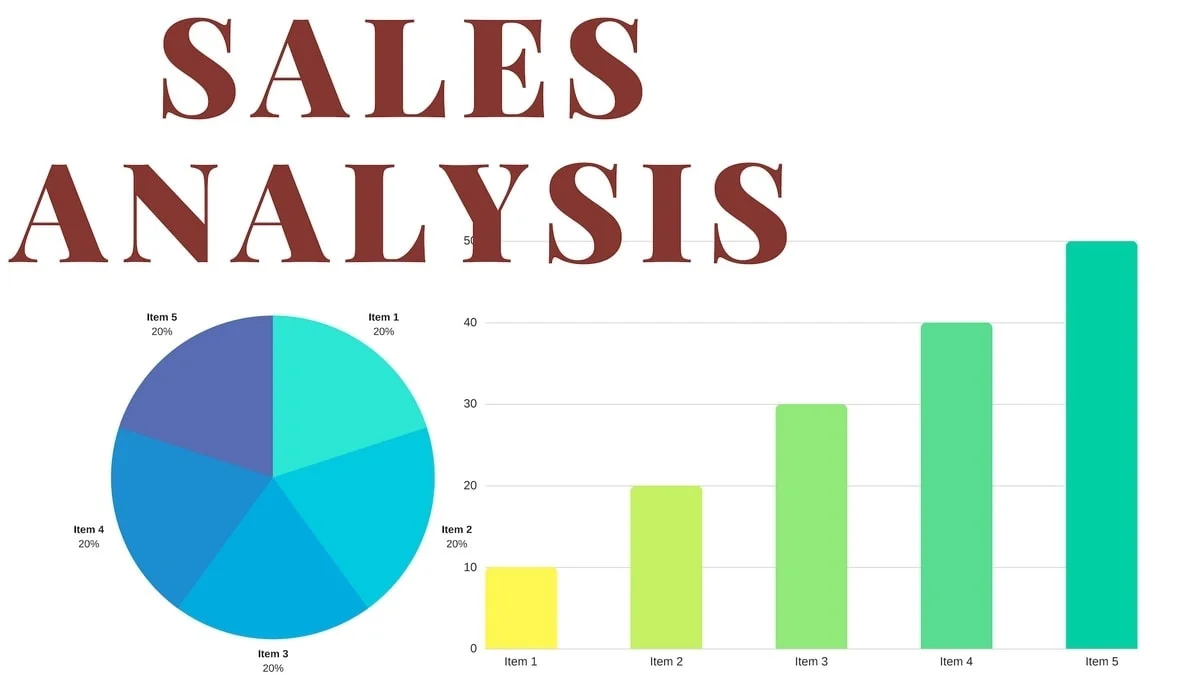What Is Sales Analysis?

What Is Sales Analysis?
Sales analysis is the process of examining sales data to gain insights into business performance, identify trends, and make informed decisions to improve sales strategies and profitability. It involves collecting, organizing, and interpreting sales-related information to understand customer behavior, market dynamics, and the effectiveness of sales efforts.
Steps in Sales Analysis
1. Data Collection: The first step in sales analysis is gathering relevant data from various sources such as point-of-sale systems, customer relationship management (CRM) software, sales reports, and market research. This data may include sales revenue, unit sales, customer demographics, geographic location, product performance, and competitor information.
2. Data Organization: Once the data is collected, it needs to be organized in a systematic manner for analysis. This involves categorizing and structuring the data based on different parameters such as time period, product category, sales channel, and customer segment. By organizing the data effectively, businesses can easily compare and analyze sales trends over time and across different segments.
Interpreting Sales Analysis
3. Performance Evaluation: Sales analysis allows businesses to evaluate the performance of their sales efforts by comparing actual sales figures against targets or benchmarks. By assessing performance metrics such as sales growth, market share, customer acquisition, and sales conversion rates, businesses can identify areas of strength and areas that need improvement.
4. Identifying Trends and Patterns: Through sales analysis, businesses can uncover underlying trends and patterns in customer behavior and market dynamics. This includes identifying seasonal fluctuations, sales peaks and troughs, product preferences, and emerging market trends. By understanding these patterns, businesses can adjust their sales strategies accordingly to capitalize on opportunities and mitigate risks.
Conclusion
Sales analysis plays a crucial role in helping businesses understand their sales performance, identify opportunities for growth, and make informed decisions to optimize sales strategies. By collecting, organizing, and interpreting sales data effectively, businesses can gain valuable insights into customer behavior, market trends, and the effectiveness of their sales efforts, ultimately driving greater success and profitability.




